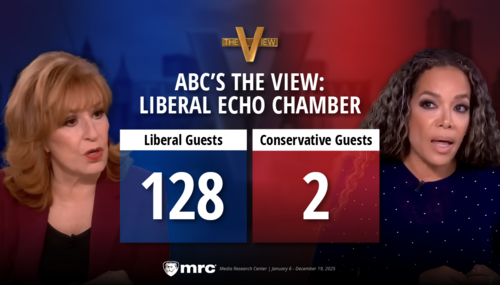
Though there is perhaps some cause for hope, both reports made more out of the industry's roughly 25% sales pickup from February to March (compared to a typical 20% in previous years) than was justified. More importantly, both reports failed to specifically cite:
- Continued market-share losses at bailed-out General Motors and Chrysler.
- Ford's disproportionate share of that decent but not exceptional industrywide February to March pickup (seen in a chart after the jump).
Both AP and USAT particularly emphasized that February to March improvement. USA Today's James R. Healey and Chris Woodyard brought it up almost immediately:
Auto sales plunge in March from year ago, improve from Feb.
Never has bad looked so good.
Automakers sold new vehicles at an annual rate of 9.86 million in March, Autodata reported Wednesday, much worse than a year ago, but up from February's 9.12 million annual pace. While more cars and trucks usually are sold in March than in February, the jump this year was 24.5%, the biggest February-to-March gain in at least seven years, Autodata noted.
Analysts and investors saw even the Detroit 3's big sales drops as less terrible than expected. "We think we are getting close to turning the corner," Ford Motor economist Emily Kolinski Morris said.
The Associated Press's Tom Krisher took a bit longer to get there:
Glimmer of hope in March's steep auto sales drop
Talk of government loans and bankruptcy and a 37 percent drop in March sales isn't good news, but despite it all, there seems to be a little optimism returning to the U.S. auto industry.
Carmakers' March sales were dismal compared with last year, but consumers lured by record incentives pushed the February-to-March increase above the normal rise that comes at the end of winter.
"Maybe we'll get — imagine that — some momentum going," said Mike DiGiovanni, executive director of global market and industry analysis for General Motors Corp., whose 45 percent sales decline last month was the worst among the major automakers.
Americans bought 857,735 new vehicles in March, compared with 1.36 million in the same month a year ago, Autodata Corp. said Wednesday. But sales jumped nearly 25 percent from February, beating the typical increase of about 20 percent and increasing optimism that the worst may be over for an industry battered by the global recession and bad publicity about GM and Chrysler's financial woes.
It's interesting that Krisher would bring up the "woes" of GM and Chrysler. I would suggest that it isn't the companies' "woes" so much as their bailed-out status that is hurting them in two ways: Some potential customers are refusing to buy on principle from a bailed-out-company, while others are worried about warranty and repair issues. Proof that the latter concern is valid is seen in President Obama's announcement earlier this week that Uncle Sam will back the two companies' warranties.
Before receiving its government "loans" (in quotes because based on what has been happening, whether they will ever be repaid is objectively questionable), GM's monthly year-over-year sales monthly dips averaged about 30%. During the past three months, its drops have averaged almost 49%, making the company by far the industry's worst performer in that statistic. Chrysler, at -46% is second-worst.
While Ford is third-worst at -43% over that same three-month period, the chart below clearly shows that its March-over-February improvement of over 32% significantly outpaced everyone else's (February's sales are at this previous post containing a USAT graphic, except for Total and All other sales, which I backed into using the 24.5% increase cited above by USAT):
GM and Chrysler have been consistently losing market share for quite a while. While Toyota's share loss may be a one-off, that company's situation bears watching.
Ford's share pickup may of course be largely due to improvements in the merchandise. But it's not unreasonable to believe that part of it should be attributed to the fact that the company consciously chose not to be among the bailed-out.
Many Americans may have only recently learned of Ford's uniqueness in that regard. Press reports in December and January, especially the headlines and short radio/TV items, tended to be about bailing out "the domestic auto industry," of which Ford is of course a member. Many less-engaged news consumers probably lumped Ford in with GM and Chrysler during that period. It is likely that Ford's refusal to take Uncle Sam's money has only recently dawned on many of them.
Now that the government has taken a much more direct role in management decisionmaking at GM and Chrysler, it will be interesting to see if the clear shunning of the bailed-out that occurred during the first quarter will accelerate. I believe it will. Barack Obama, Tim Geithner, and the government's car guys may soon learn that they only have empty shells on their hands.
Exit question: If GM is only selling about 50% or so more vehicles than Chrysler, why is it getting over three times as much bailout money?
Cross-posted at BizzyBlog.com.




